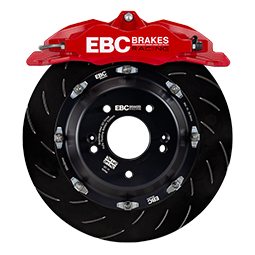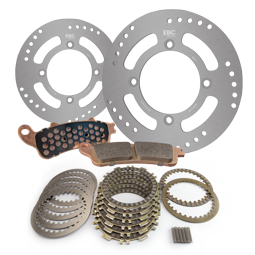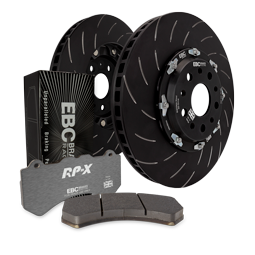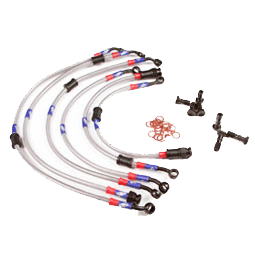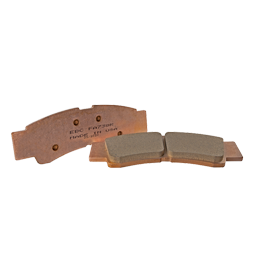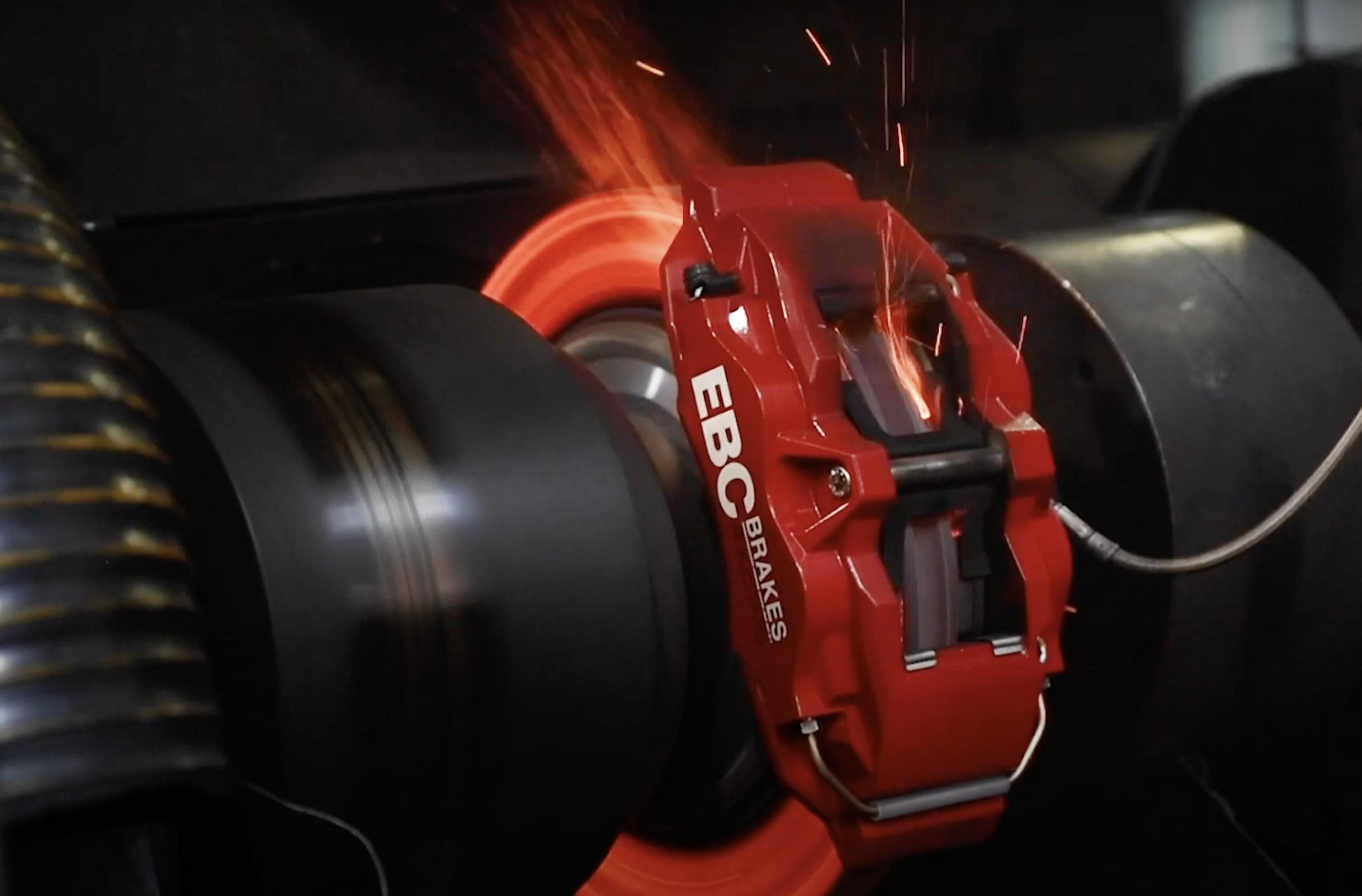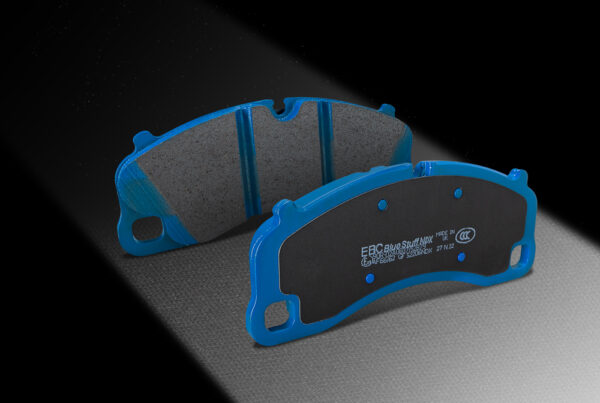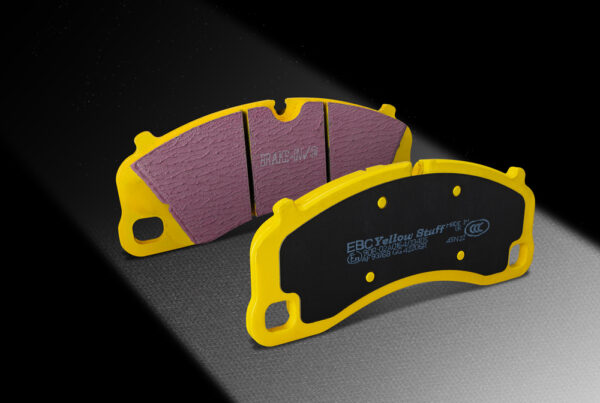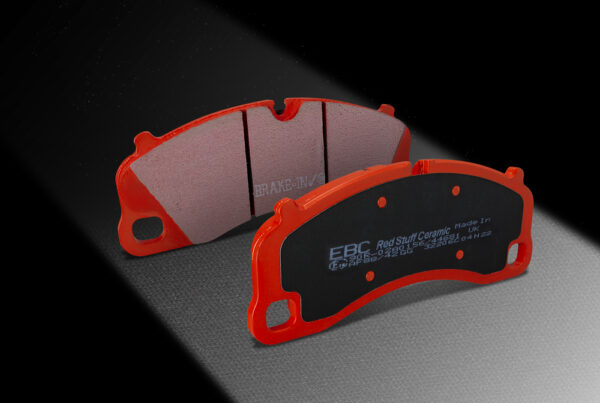Brake pad wear varies massively from one vehicle to another and from various types of use.
The lifetime for brake pads can vary from 6000 to 100,000 and is dependent on numerous things.
With all things normal most car rear brakes last about twice as long as the fronts. On Light trucks, the wear front to back can be about equal due to the loads involved and things like proportioning valves sharing the brake load.
Here are the things that affect pad wear life
- Pad compound choice – Buying the wrong hardness or friction level of pad for an application can cause big variations in wear rate so be sure to read manufacturer websites and get the right grades for your type of vehicle and use if you’re using a vehicle on the track it’s a whole lot more complicated, see our website here.
- Mismatch of pad grade front to rear – Many modern vehicles have ABS and load sensing valves or proportioning valves. Unless you’re going to make some physical changes to your vehicle’s brake system you need to use a similar grade of pad front and rear. The industry accepted pad friction grades are shown below.
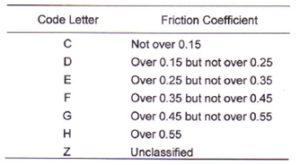
Try to keep the rear pad friction grade equal to or LOWER than the front. Never put a higher-grade friction in the rear unless you have an adjustable bias valve for example, as used on certain race cars and can adjust for that imbalance. Not a thing the everyday mechanic should get involved with.
Most car and Light truck pads are FF, FE or GF, GG grades. The higher the first letter (Initial brake effect) the higher the grip of the pads.
EBC pad materials are regularly tested by the USA control group AMECA who are responsible for these standards and tests and as you can see all EBC pads offer a theoretical upgrade over stock if you look at the AMECA letters. Although these are “indicative” numbers or letters, brake performance is more about brake torque than the mere friction letter but it’s a good start, otherwise the FMVSS wouldn’t insist everyone labels their pads. Brake torque is a discussion for another day.
| Ultimax | GG |
| Greenstuff | GG |
| Redstuff | GG |
| Yellowstuff | GG |
| Bluestuff (2022 compound) | GG |
| Orangestuff ED | GG |
| New 2022 ST sintered Truck | HH |
| New 2022 Truck V pad | GG |
Most OEM car and light truck pads are of grades FE or FF
Other things that can affect pad wear rates are:
- Poor rotor condition – Badly scored rotors rapidly escalate pad wear.
- Dragging brake caliper – Every 3-5 years calipers should be serviced and resealed, especially single piston sliding types.
- Proportioning valve problems – If you read any forums, you will see there are all sorts of issues with people experiencing low front brake pressure and low rear brakes pressure which will dramatically affect brake effect and pad wear. So, your proportioning valve (*especially if it is a load bias type linked to your vehicle suspension) must be functioning properly.
